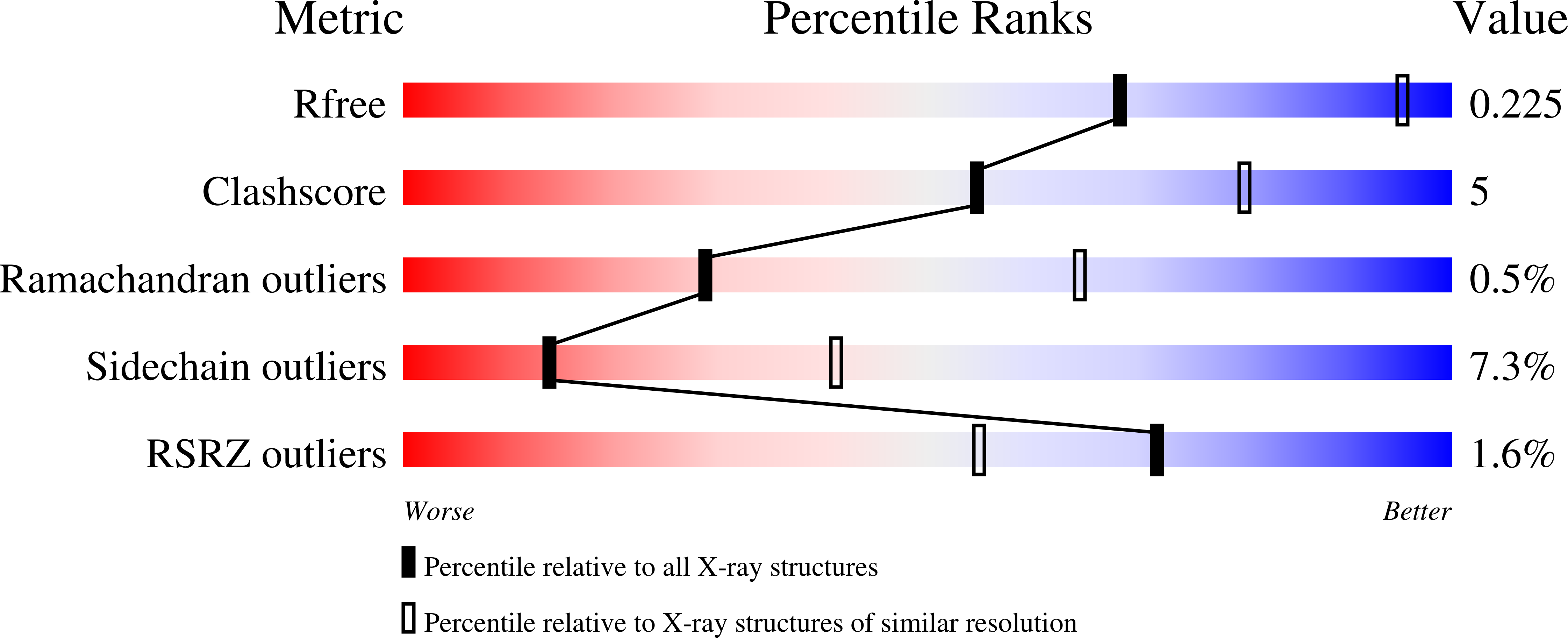
Deposition Date
2023-03-21
Release Date
2023-12-27
Last Version Date
2024-11-06
Entry Detail
PDB ID:
8OI1
Keywords:
Title:
Yeast 20S proteasome in complex with a photoswitchable cepafungin derivative (transCep4)
Biological Source:
Source Organism:
Saccharomyces cerevisiae (Taxon ID: 4932)
Method Details:
Experimental Method:
Resolution:
2.95 Å
R-Value Free:
0.22
R-Value Work:
0.17
R-Value Observed:
0.17
Space Group:
P 1 21 1


